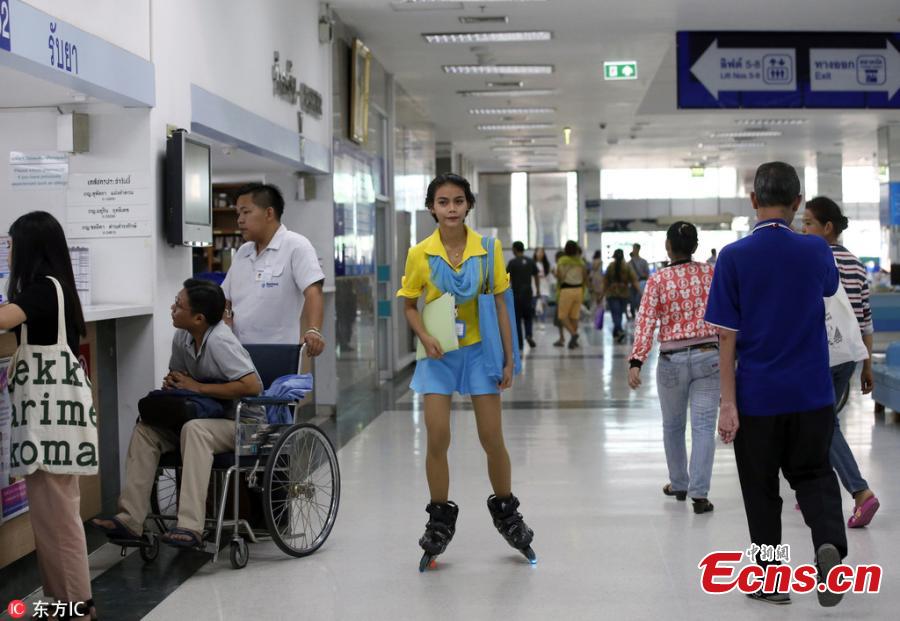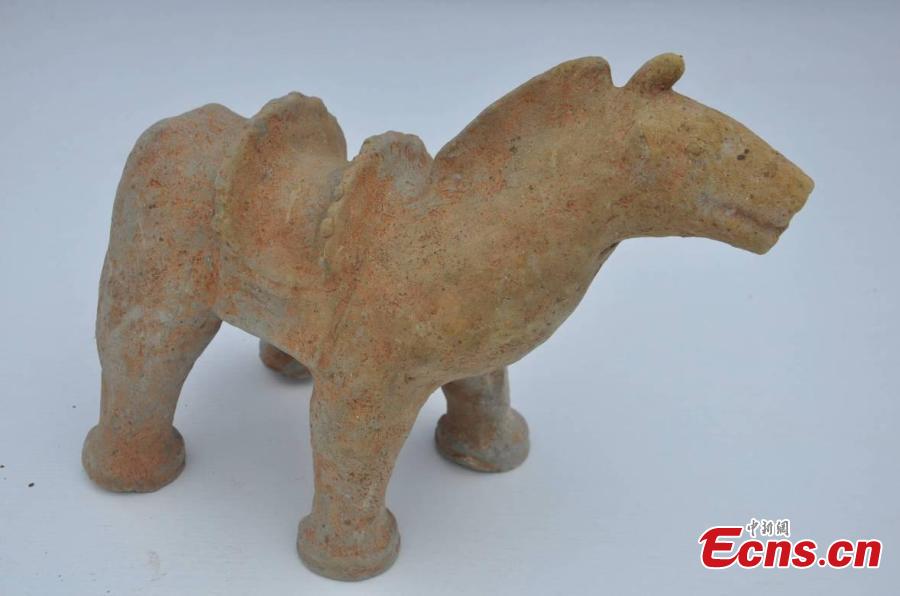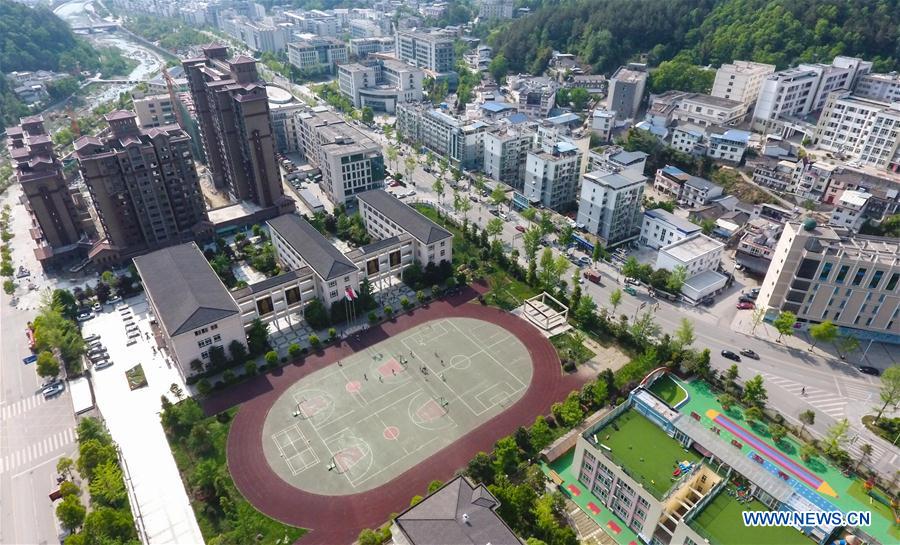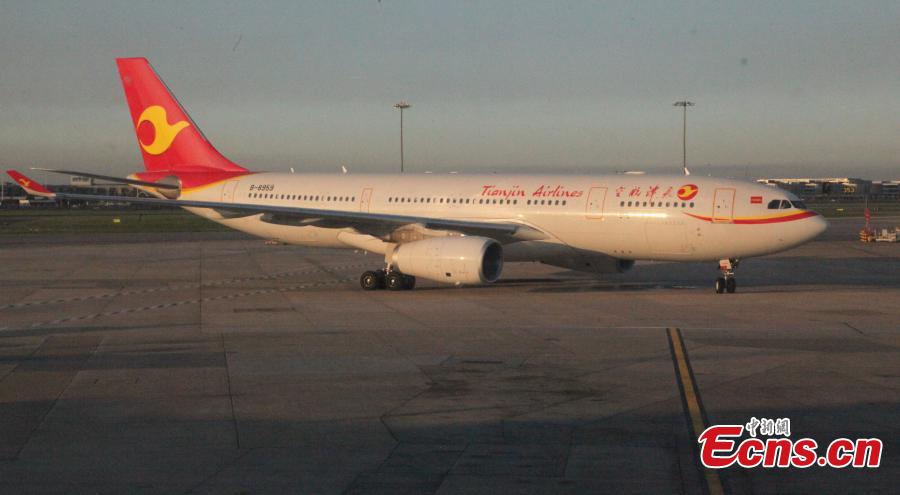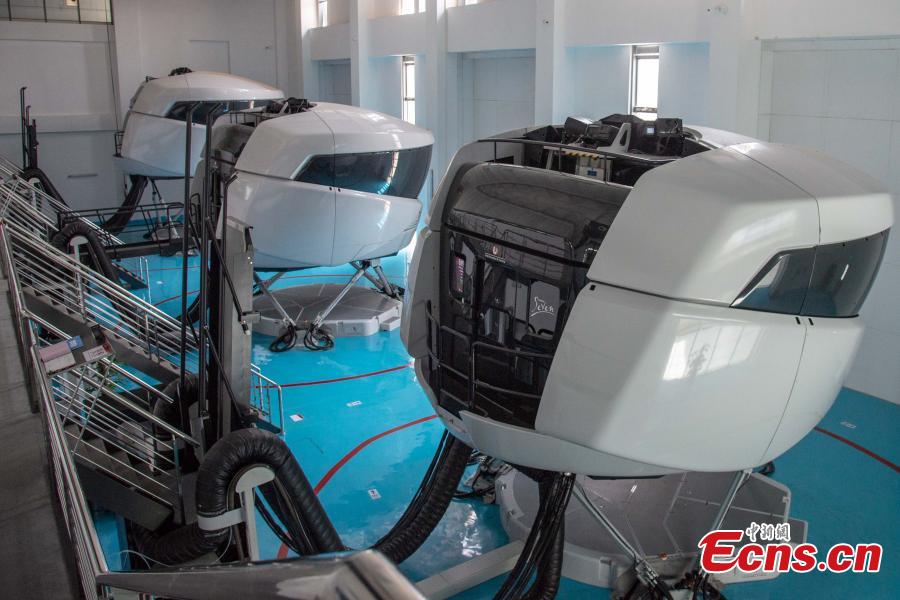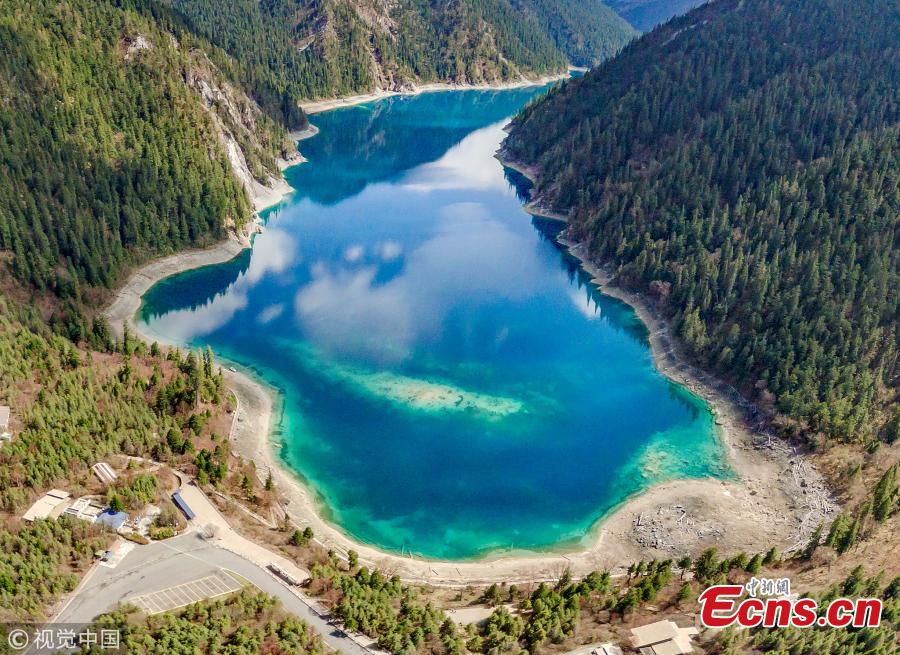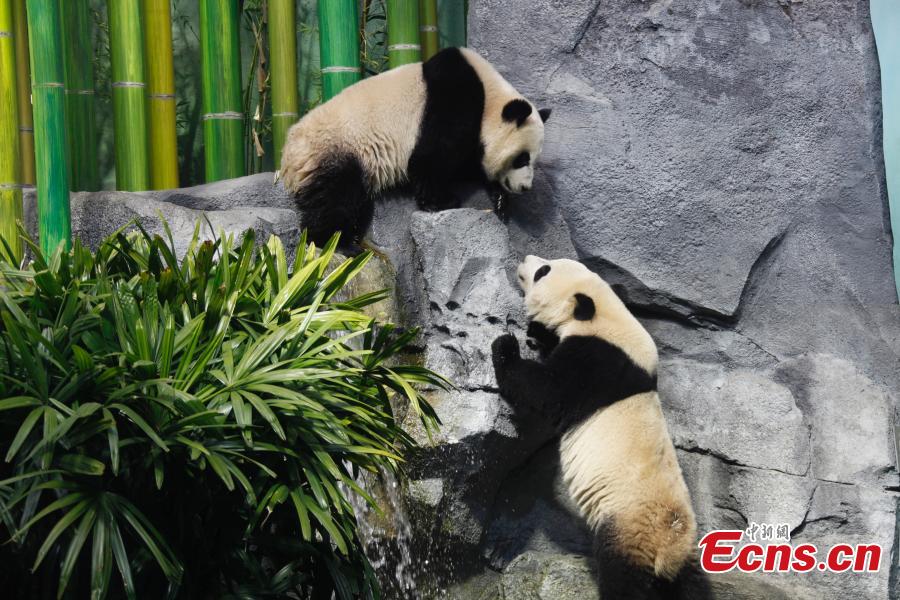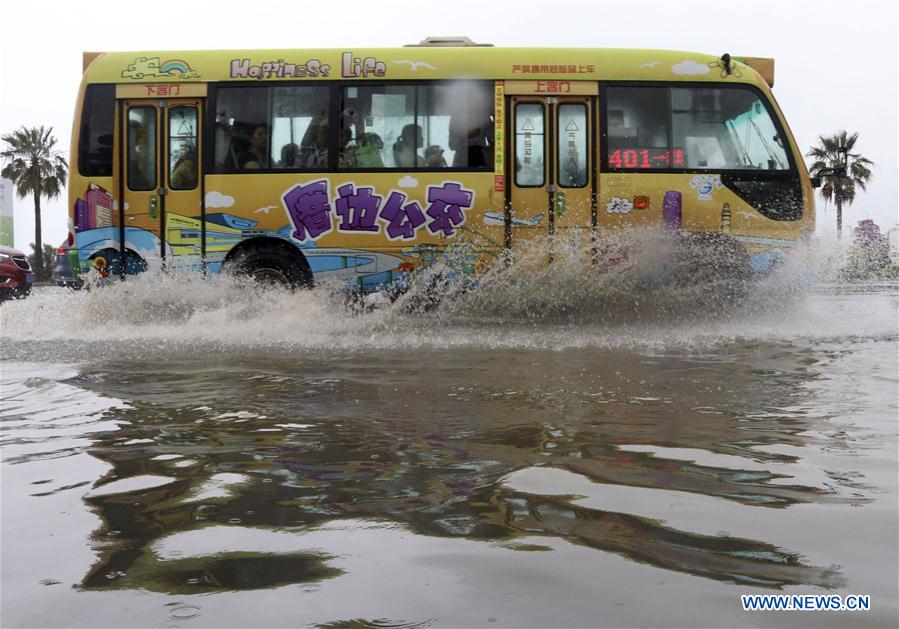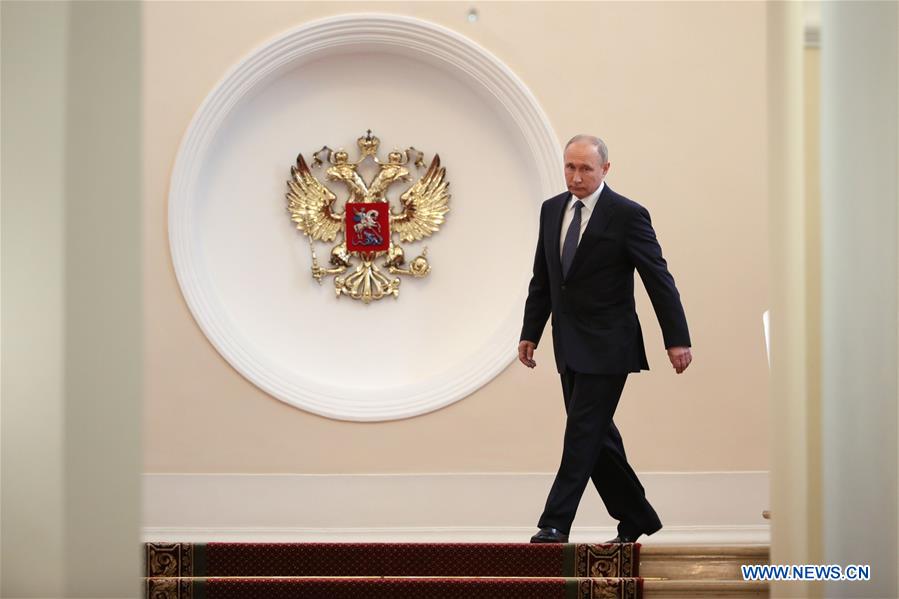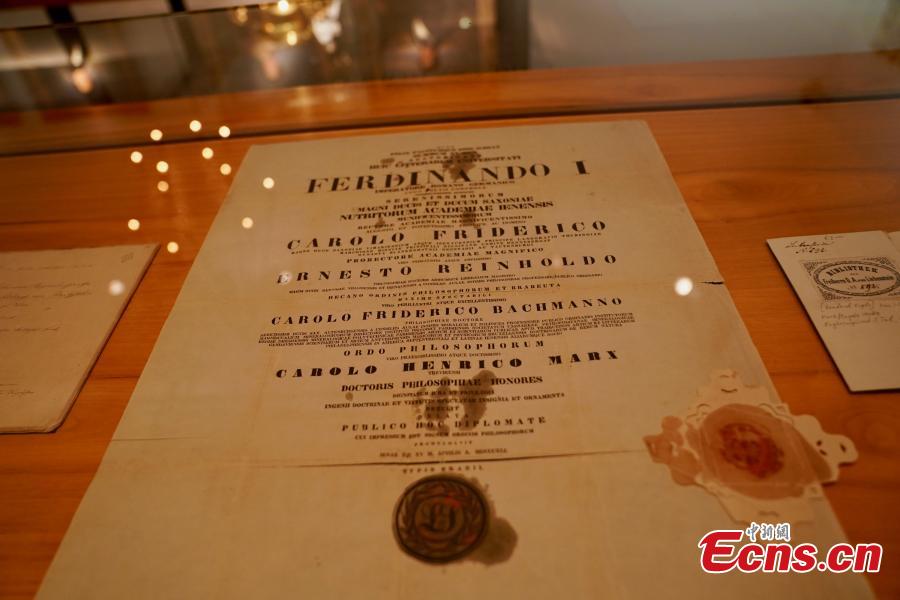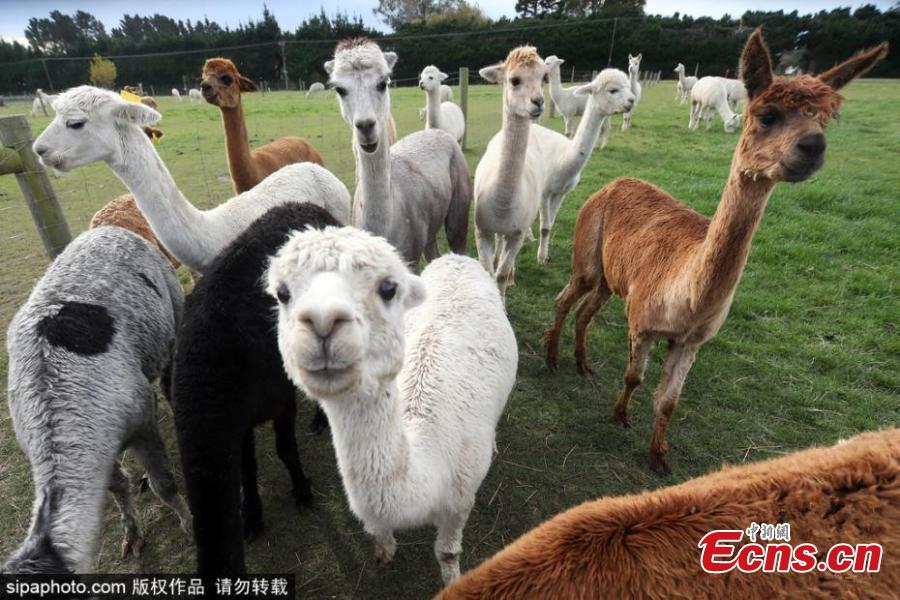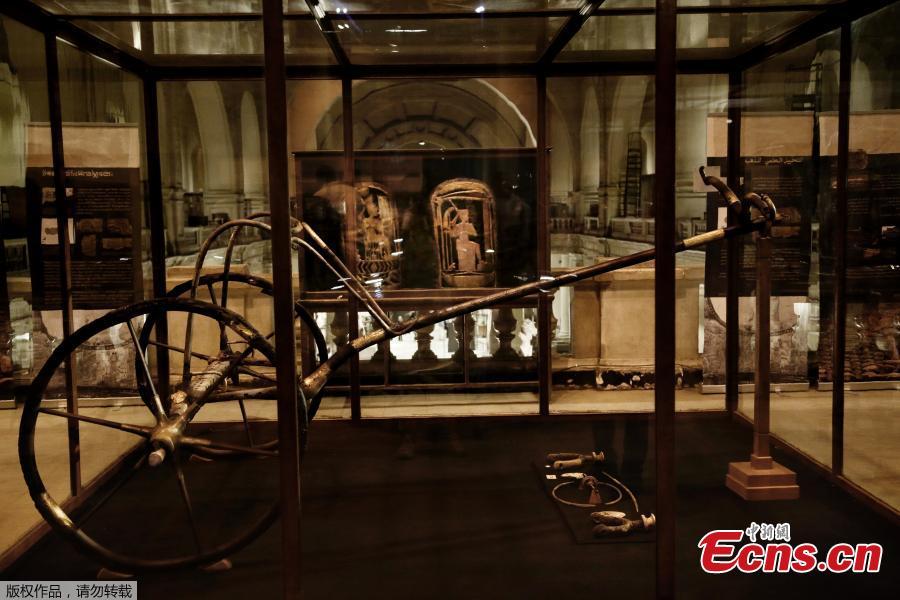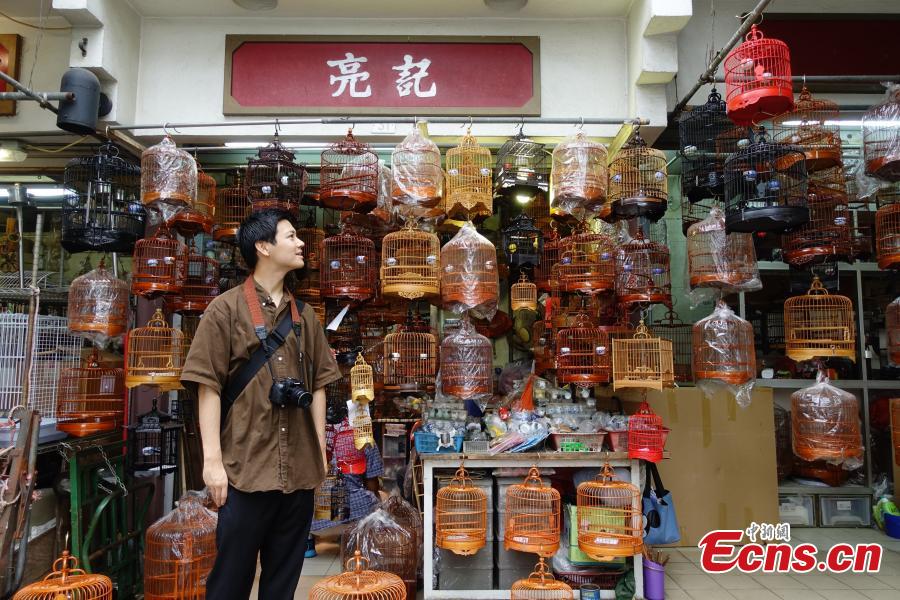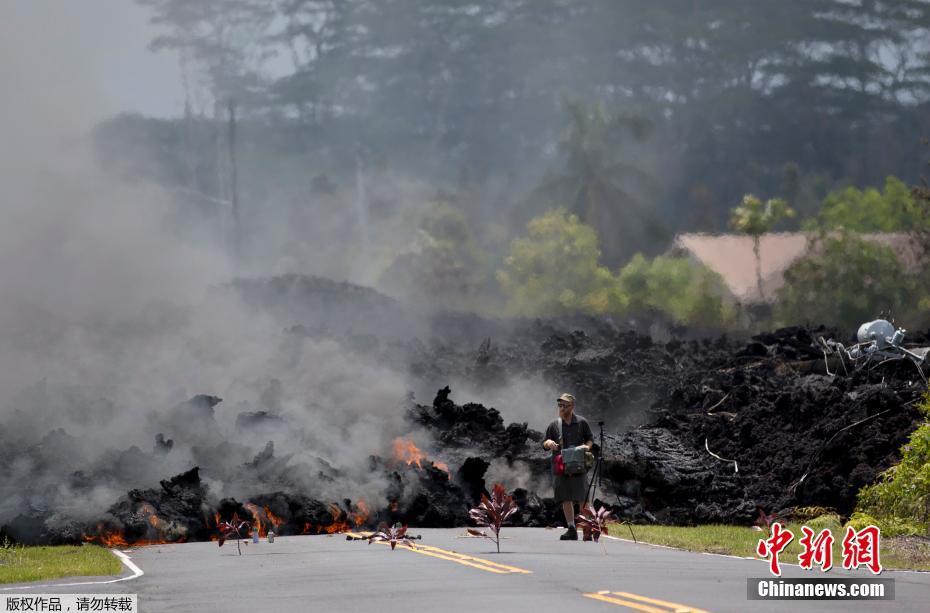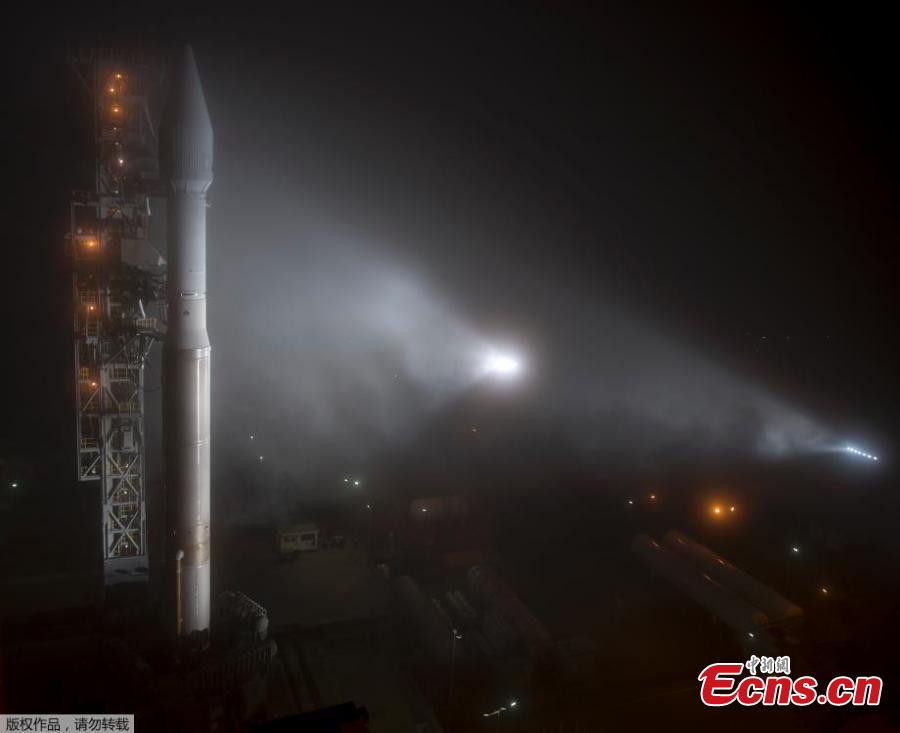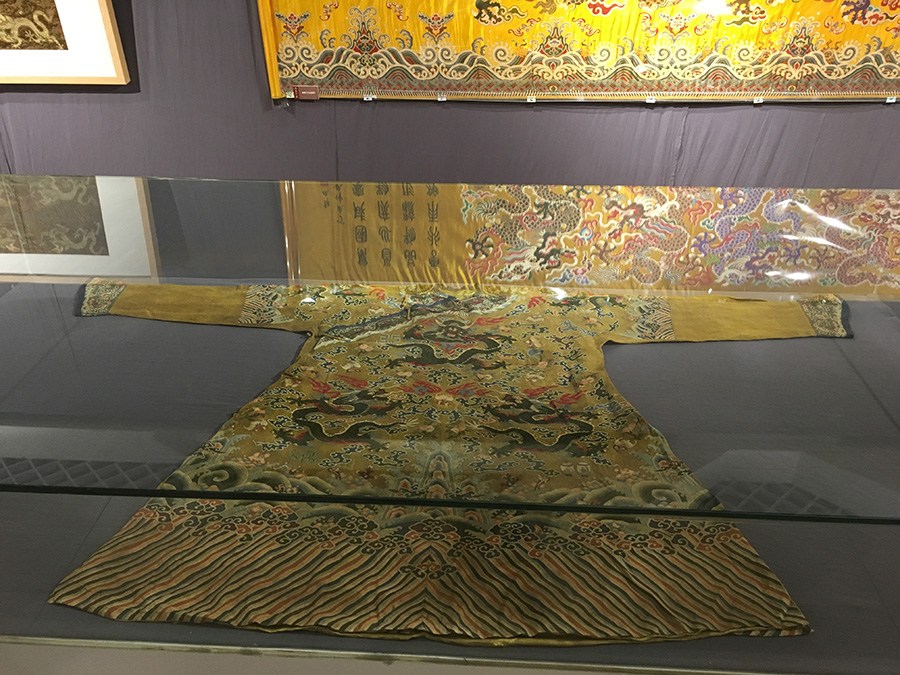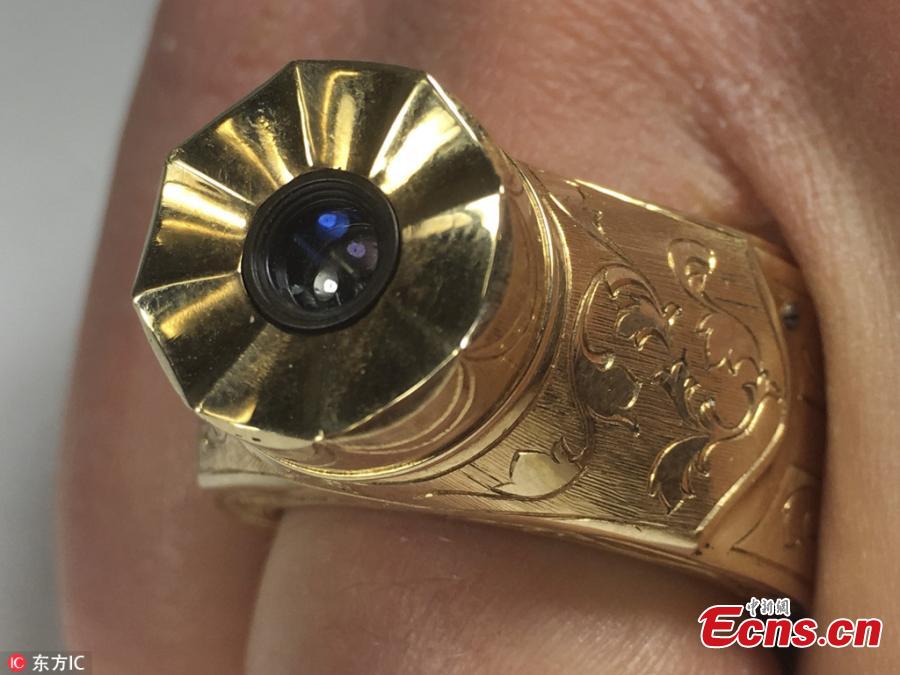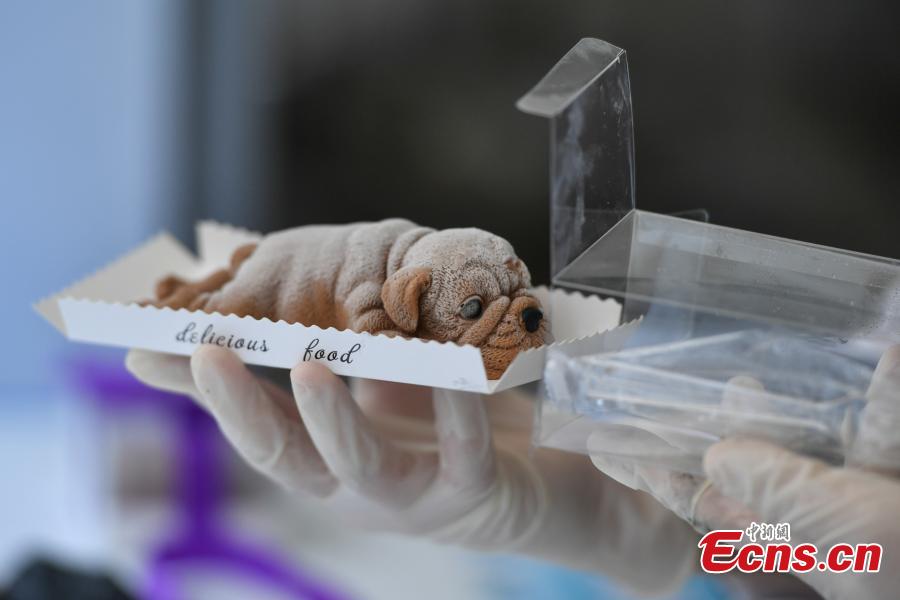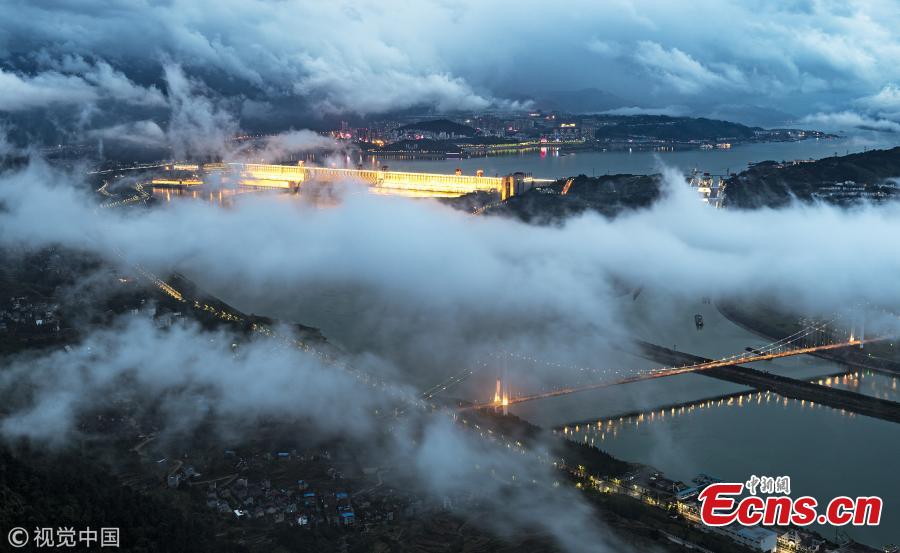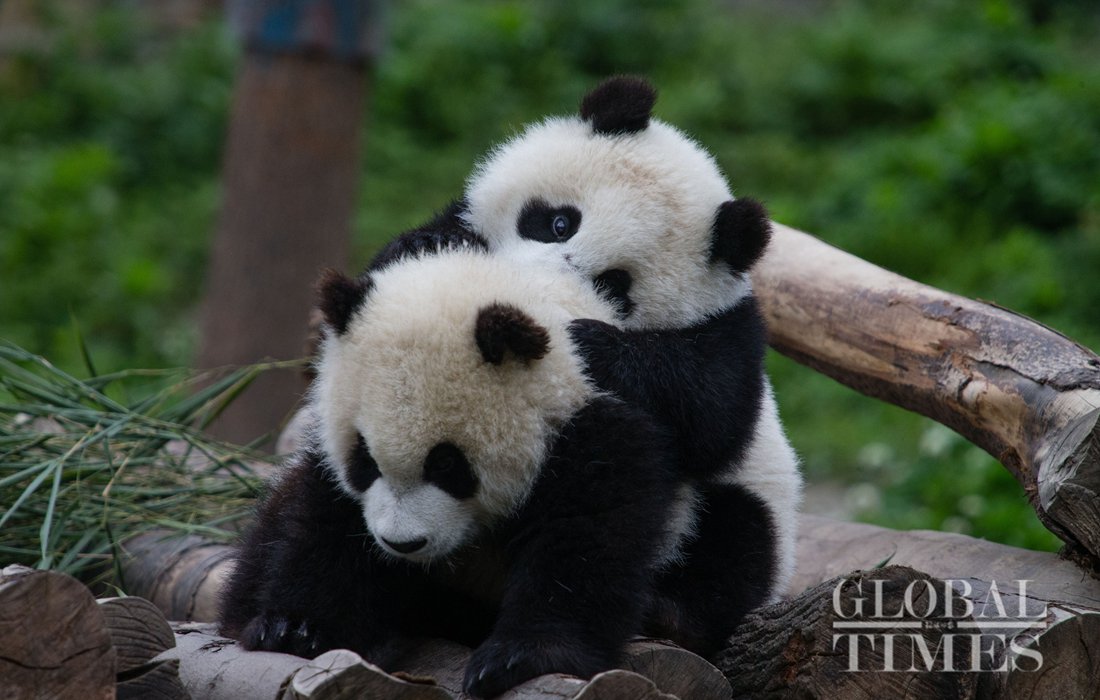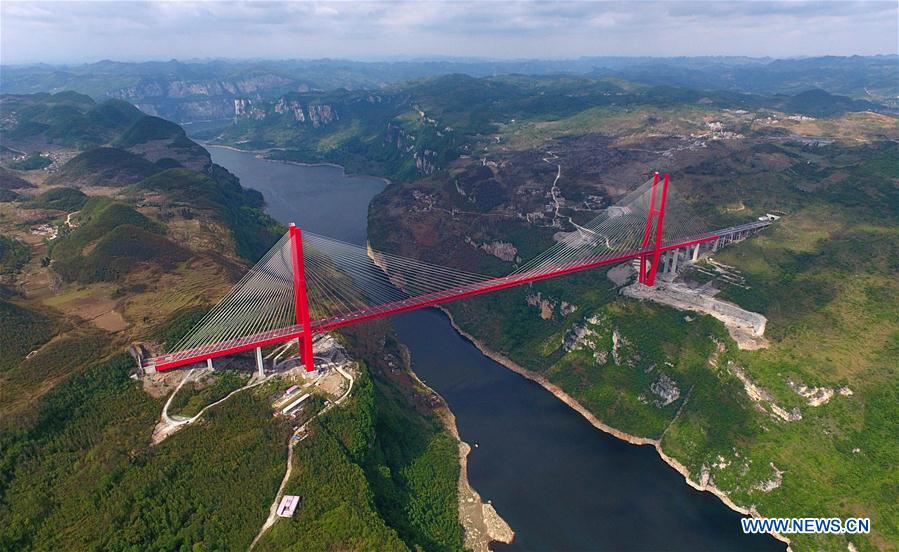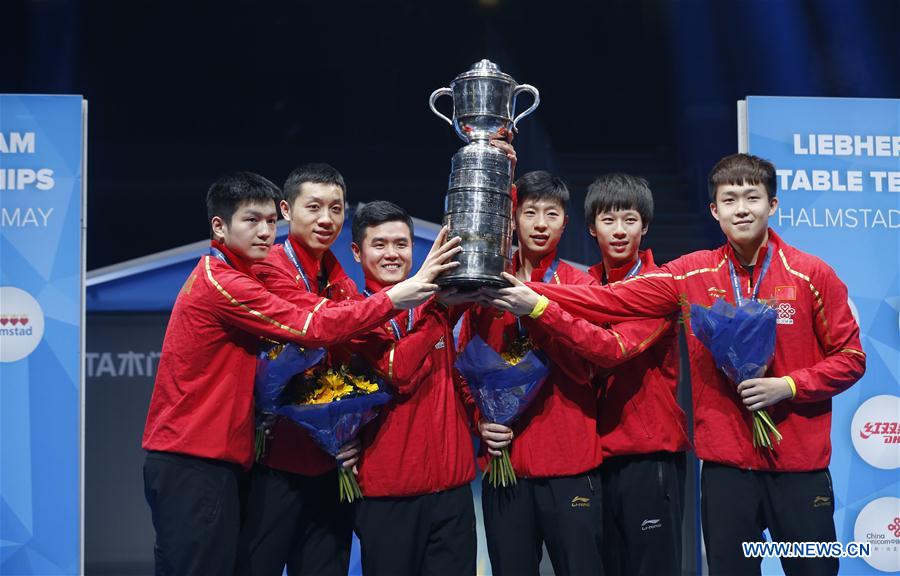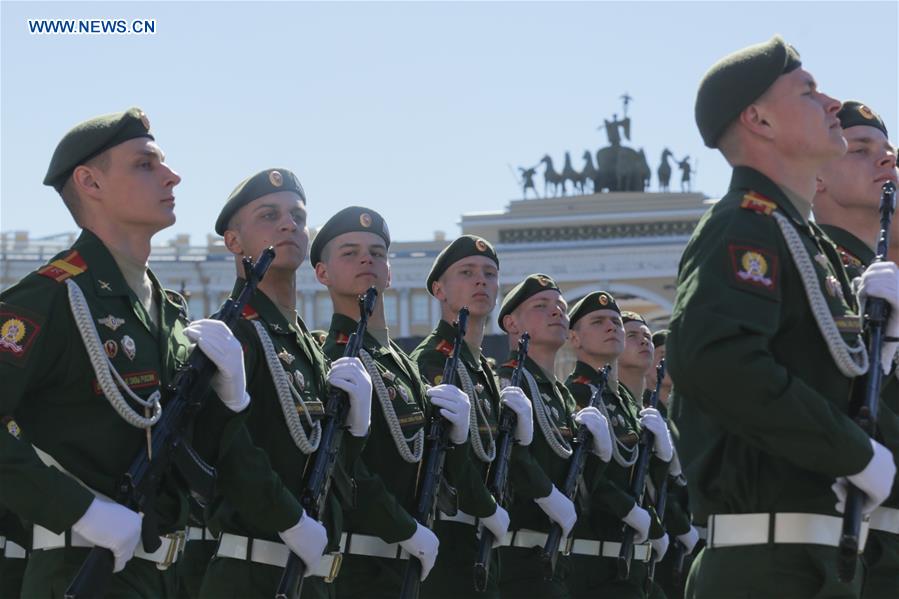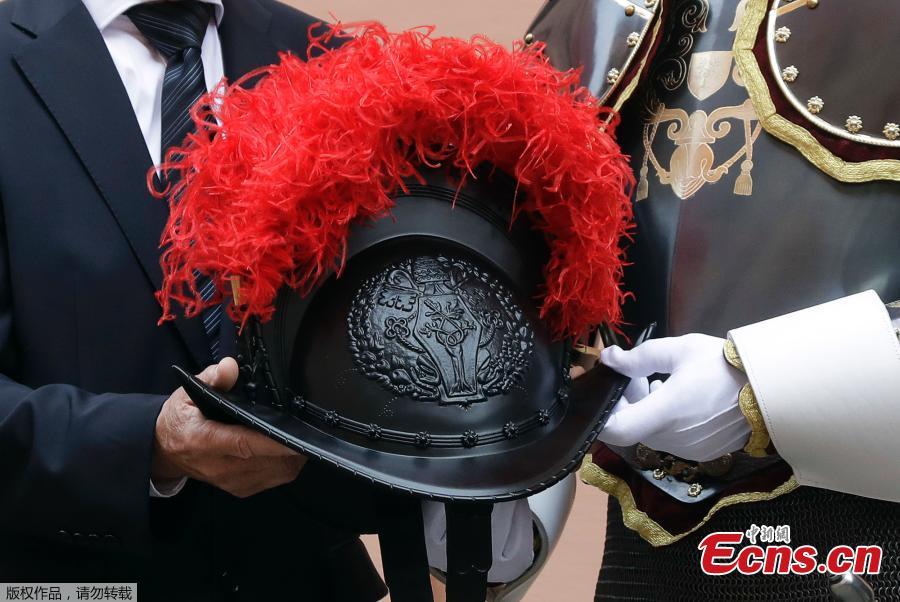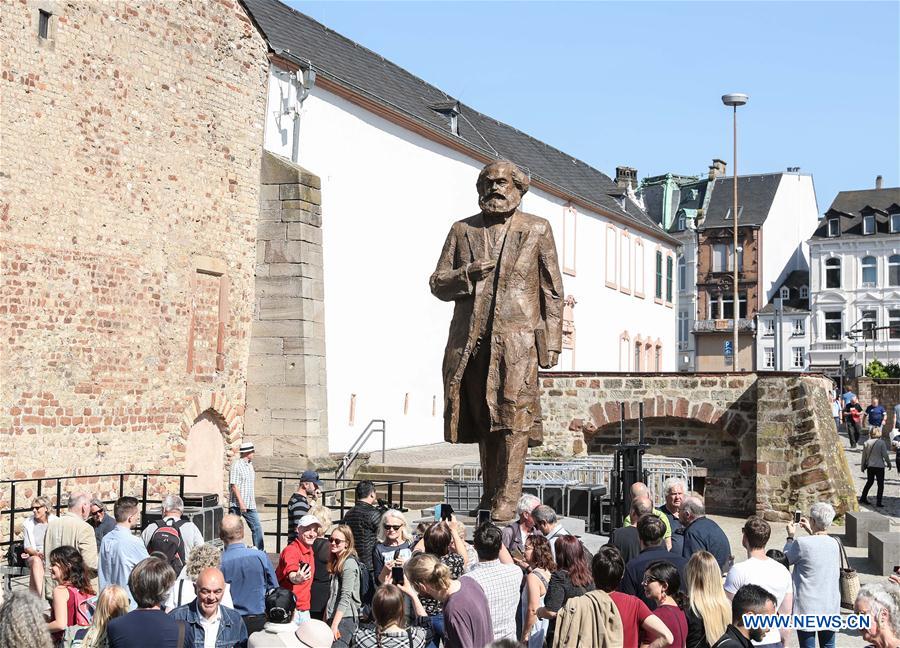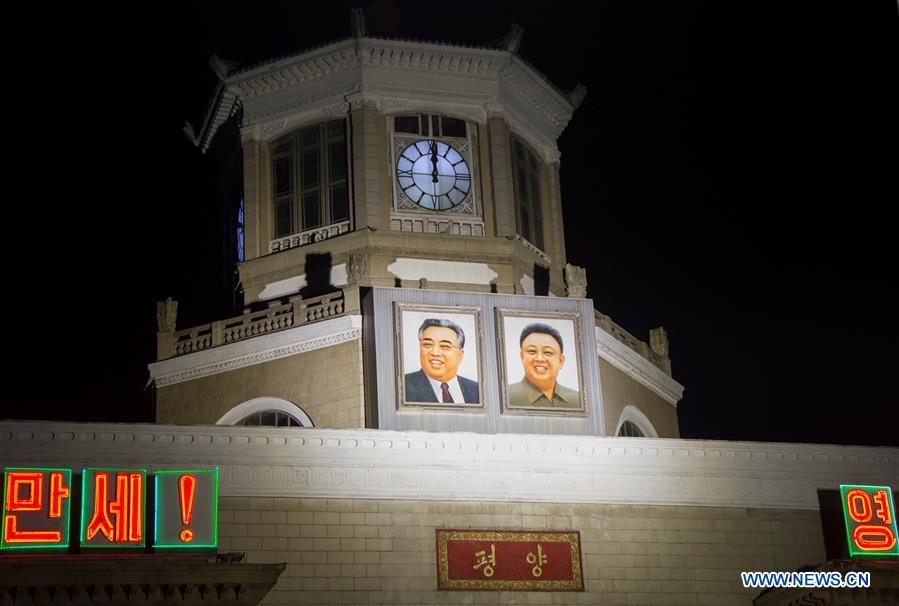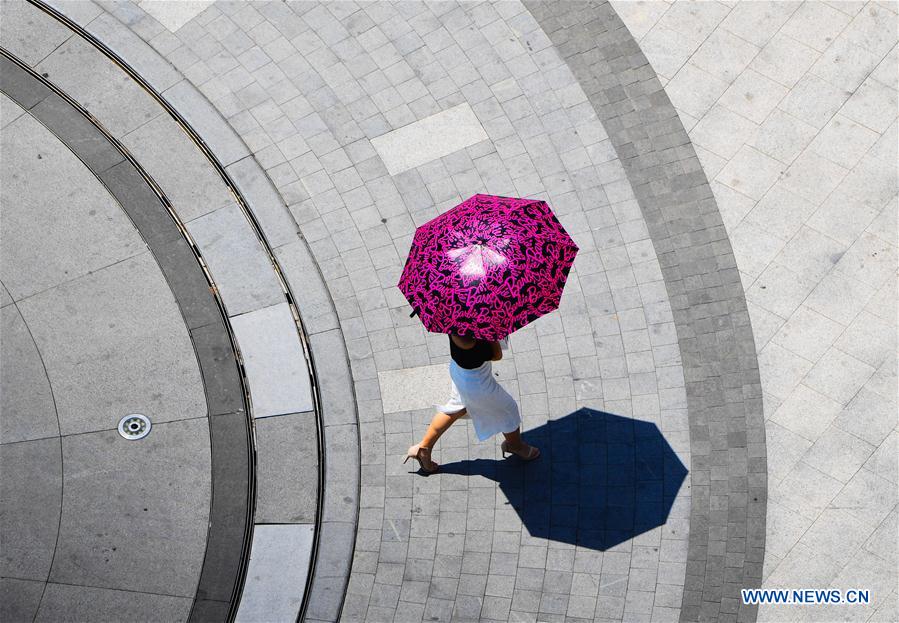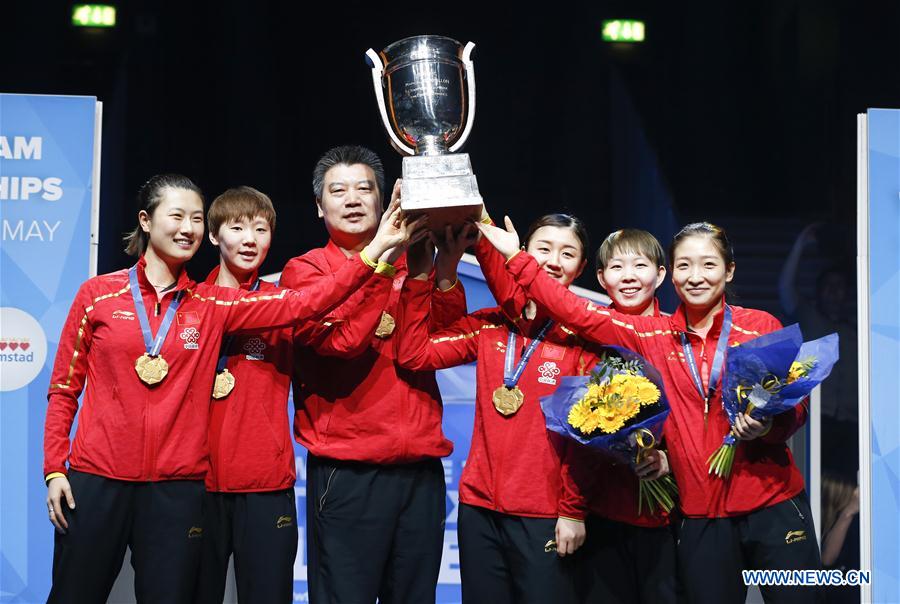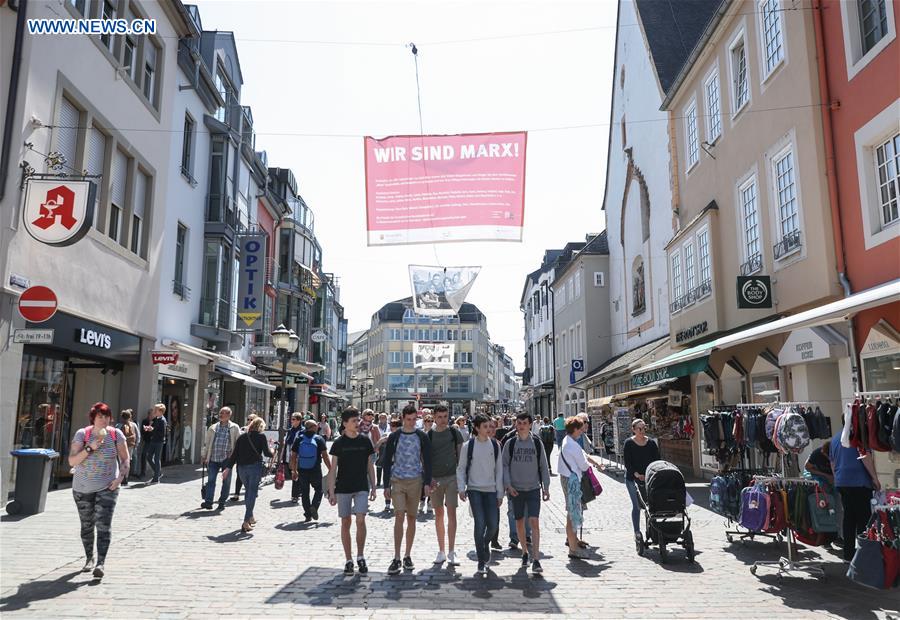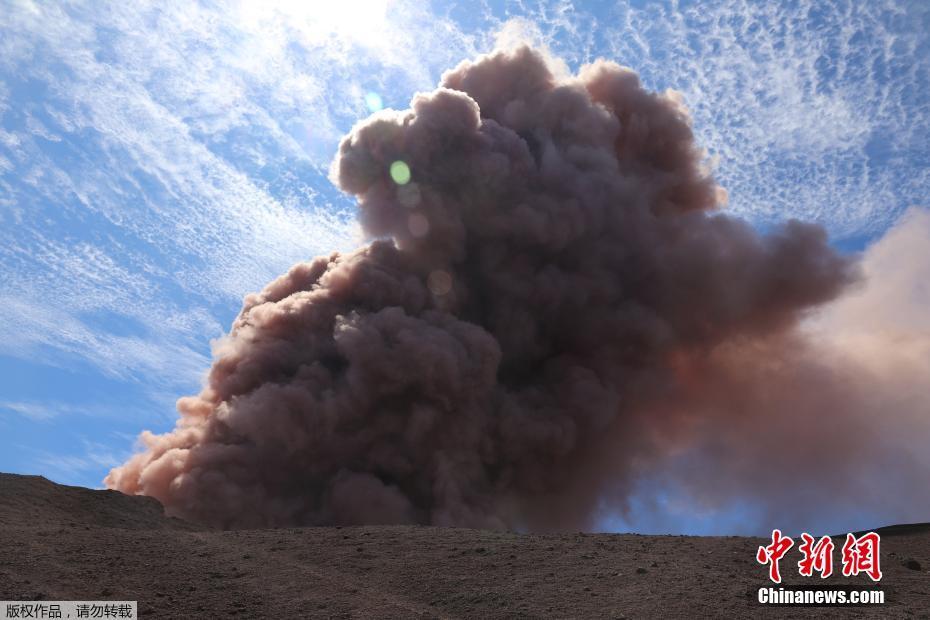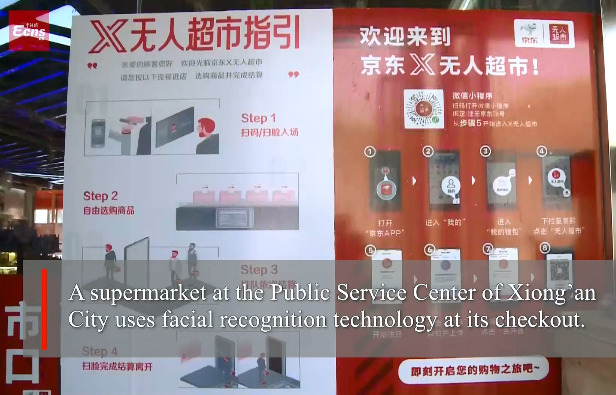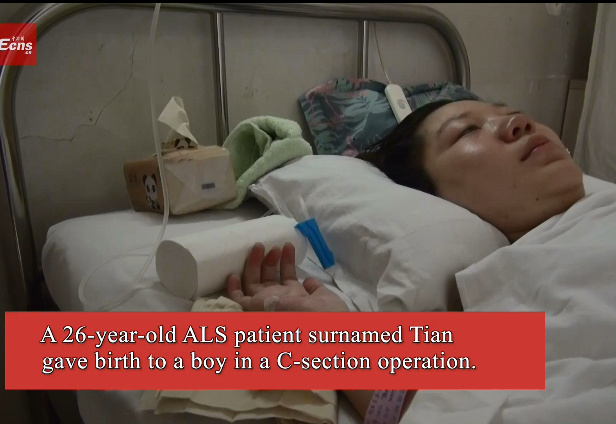China’s capital Beijing is gradually removing its "non-capital functions” from the city center to locations slightly further afield. Construction of a new sub-center based in the eastern suburb of Tongzhou has been underway since mid-2016. The move is part of a comprehensive plan to address urban issues such as traffic congestion and air pollution.
For generations, Mu Shiguo’s family has lived a life of farming by the riverside. But this tradition came to an end two years ago, when the village was chosen as the new seat of Beijing's municipal offices. Mu revisited his homestead after moving elsewhere, but only found several trees left. He said that after seeing the changes, he sat down and cried for twenty minutes.
Mu told CGTN that the villagers in Lucheng had contributed a lot to the construction of the new sub-center. But he believes that the project will make Tongzhou a better place. The 64-year old and many of his neighbors remain unaccustomed to a life inside high-rise buildings. But they enjoy the privilege of living alongside the municipal government, just one street away.
Construction work for this new sub-center began in June 2016. And all the new buildings are environmentally-friendly and are built using low-carbon methods. To facilitate non-capital functions, the sub-center will build a comprehensive network of high speed roads and subway lines. Additionally, educational and medical resources are also gradually being relocated to Tongzhou. There are also plans to build 33 new parks by 2030. This would mean local residents would never be more than 500 meters away from a green space.
Hu Bo, Director of the Beijing Sub-Center Planning Department, explains that the new sub-center serves as a national pilot project featuring top level liveability, a new type of urbanization, and more coordinated regional development between Beijing, Tianjin and Hebei. It will become a genuinely human-centered city. People there will enjoy a convenient life and a better natural environment. For instance, basic facilities are never more than a 15-minute walk away.
For Mu Shiguo and his neighbor Peng Qifu, however, it will take a long time before they see the real benefits of this project. Mu said it's understandable as Rome was not built in a day. But he suggested that more should be done to improve services like community management and landscaping. Peng Qifu, however, suggested that they bring in large supermarkets and set up more entertainment venues.
Beijing's latest city planning document says the sub-center will be built into a world-class liveable zone that emphasizes environmental protection and cultural heritage.
It will serve as a role model of city construction across China, and will have a population of 1.3 million by 2030.









